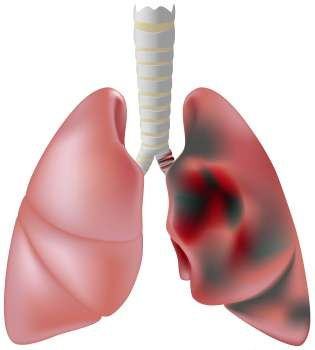TNM Cancer Staging Calculator

The TNM cancer staging calculator is a calculator that determines the stage of a person's cancer based on the size of the tumor, regional lymph node involvement, presence of metastasis (if any), and sometimes the grade of the tumor which is whether the tumor is well or poorly differentiated.
This system was devised by Pierre Denoix in the 1940s and 1950s for cancers with solid tumors. It is a system that is used internationally for many, but not all, solid tumor cancers. It is not used, for example, in brain tumors, because these cancers tend to spread to other parts of the brain and not to lymph nodes or other body parts. Normally, other cancer staging systems are also used for lymphomas such as Hodgkins. With lymphomas, the cancer originates in the lymph nodes, so the TNM system of spreading to regional lymph nodes doesn't apply rather well.
So there are various cancer staging systems. The TNM is just one of them.
The first factor is the tumor size. The T stands for tumor, the size of the tumor.
There are several different classifications for tumor size.
Tx means the size of the tumor cannot be evaluated.
Tis means the tumor is carcinoma in situ. A carcinoma in siut is cancer that is stationary. The cancer has stayed in place where it began and has not spread to neighboring tissues.
T0 stands for no signs of tumor, meaning a tumor can't be found.
T1 stands for a tumor that is 2cm or less across in length.
T2 stands for a tumor that is greater than 2cm but less than 5cm.
T3 stands for a tumor that is greater than 5cm.
T4 stands for a tumor of any size that extends all the way either to the skin and/or chest wall.
The next classification within the TNM staging method is degree of regional lymph node involvement. N stands for node.
Nx means the lymph nodes cannot be evaluated.
N0 means the tumor cells are absent from the regional lymph nodes.
N1 means the tumor has spread to regional lymph nodes.
N2 means the tumor has spread to a few regional lymph nodes or has gone beyond the regional area to reach further lymph nodes.
N3 means the tumor has spread to numerous regional lymph nodes or metastasis to distant lymph nodes has occurred.
The next classification with in the TNM method is presence of metastasis to organs in the body.
Mx means that distant metastasis cannot be evaluated.
M1 means that there is no distant metastasis to any body organs.
M2 means that there is distant metastasis to body organs beyond the regional lymph nodes.
Another classification used in the TNM method is grade of the tumor. The grade refers to the cellular makeup of the tumor.
Gx means that the grade of the tumor cannot be assessed.
G1 means that the tumor is well differentiated. This means that if you look at the cellular makeup of the tumor, it looks more like healthy cells.
G2 means that the tumor is moderately differentiated.
G3 means that the tumor is poorly differentiated. It looks more abnormal and it's more chaotic.
Being that a low grade tumor is more normal and a high grade tumor is more abnormal, it gives doctors a
way to predict how a person's cancer will likely behave. A low grade cancer is likely to be slower growing and less likely
to spread than high grade cancers.
Related Resources